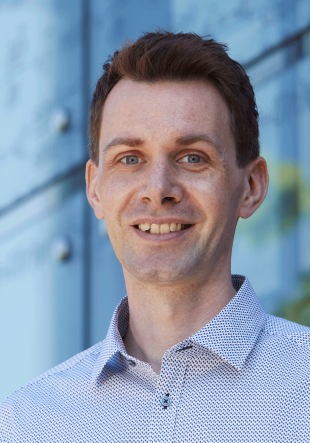SPP 1391: Ultrafast Nanooptics
Key Facts
- Grant Number:
- 72946949
- Project duration:
- 01/2009 - 12/2017
- Funded by:
- DFG
- Subprojects:
-
- SPP 1391 - Optimization, pulse shaping and optical control in nanostructures
- SPP 1391 - Coupling mediated coherent control of localized plasmonic resonances
- SPP 1391 - Ultrafast spatially-inhomogeneous optical nonlinearities of metal nanostructures analyzed by ab-initio based Maxwell-Bloch equations
- Website:
-
DFG-Datenbank gepris
More Information
Results
The goal of the proposed Priority Program (SPP) was to investigate and target the spatiotemporal dynamics of electromagnetic excitations in both metallic nanostructures and hybrid nanostructures. To achieve these goals, the SPP has successfully brought together scientists from the fields of nano-optics, ultrafast spectroscopy, surface physics, chemistry, biology, and electrical engineering. The close and synergy-promoting collaboration between experts from different disciplines was necessary to establish and expand the leading role of German scientists in this young field. This intensively lived interdisciplinarity during the 6 years and the topicality of the planned research work justified the establishment of a SPP in this still rapidly developing research field of ultrafast nanooptics. The most important comprehensive result of the SPP shall be the successful demonstration that coherent broadband excitation of plasmonic nanostructures allows to use the time domain as an additional degree of freedom, thus enabling the control of the spatiotemporal properties of the site-dependent field distributions. Since the dynamics in these nanostructures occur on the femtosecond time scale, novel ultrafast nanooptical spectroscopy methods have been established to elucidate the underlying microscopic physical mechanisms. The description and investigation of the dynamics of electromagnetic field distributions in complex nanostructures posed major theoretical as well as experimental challenges to the members of the SPP. From the theoretical point of view, the work focused on the self-consistent description of the time evolution of quantum systems interacting with a near-field distribution. On the experimental side, methods were developed to map these field dynamics in space and time by combining ultrashort pulse spectroscopy and local coherent control in nanostructures. In particular, diverse techniques have been developed that allow control of local fields in nanostructures with nanometer and (sub-)femtosecond resolution. In the course of the second SPP period, it was also shown that the research field of ultrafast nano-optics offers even much more than the sum of spatial and temporal resolution, e.g., access to near-field excitations and local interactions that are inaccessible with conventional time-resolved methods.



